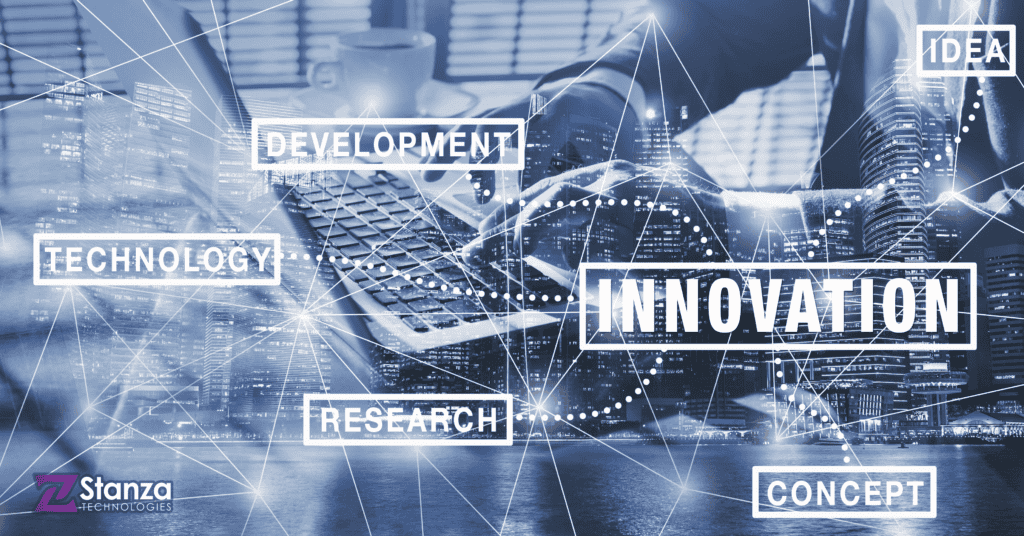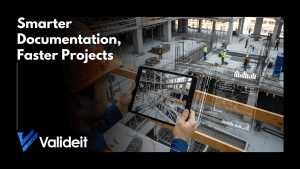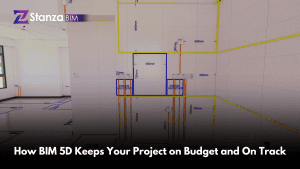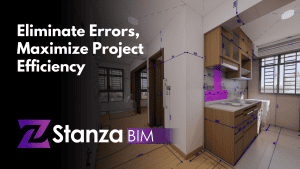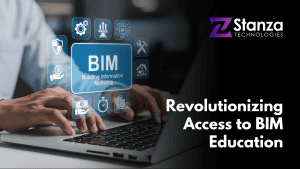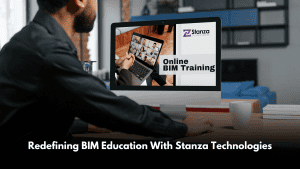Technological innovations are paving the way for digital transformation in revolutionizing the construction sector. Helping the companies within the industry to increase efficiency and productivity.

CLOUD-BASED SOFTWARE

User Management – Ensures project transparency and privacy through the right set of roles and permissions within the centralized platform
Project Management – Connecting your office and field teams for more control over your construction project and consistently hitting budgetary and scheduling goals.
Financial Tools – By including accounting processes in your project management workflow, you can better manage project costs and satisfy stakeholders.
BIM
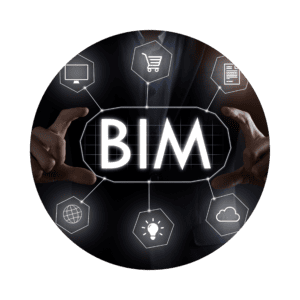
Before Construction – BIM helps reduce the need for future change orders by anticipating challenges.
During Construction – BIM improves communication and efficiency by offering a central hub for up-to-date and accurate reference documentation.
After Construction – BIM creates the possibility for building management for the structure’s entire life cycle by providing owners every detail of the building
DRONES
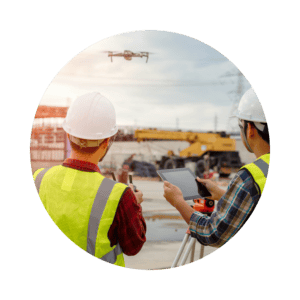
Topographic Maps – Aerial drones survey large amounts of land quickly, reducing mappings costs by as much as 95%
Equipment tracking – Purchased or rented equipment can quickly get misplaced on a vast job site, but drones can automatically keep track of all equipment on site.
Security Surveillance – Job sites are vulnerable to theft of materials and equipment, but drones can monitor a site even when no humans are around.
AUGMENTED REALITY

Automate Measurements – by measuring a physical space real time, AR Tech helps construction workers accurately follow building plans
Visualize Modifications – By layering potential project modifications directly on the job site, contractors can visualize potential changes before committing to them.
Provide safety information – By recognizing hazards in the environment, AR Tech devices can display real time safety information.
MODULAR CONSTRUCTION

Decreased Construction Waste – Since many buildings are constructed simultaneously in one factory, excess materials from one project can easily be used on another.
Lower Emissions – By reducing total deliveries as well as total time spent on-site, modular construction decreases carbon emissions.
Optimized by Machine Learning – In the factory, building processes are optimized over time through software enhancements, further reducing waste and increasing efficiency.
CONSTRUCTION WEARABLES
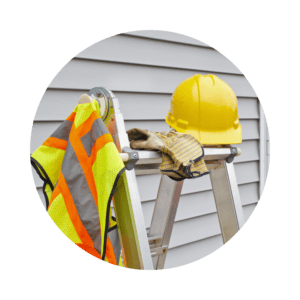
Smart Boots – Smart boots are equipped with sensors that can detect workers at risk of collision.
Smart Hard Hat – Smart Hard Hats can detect “microsleeps” which put workers at risk of injuries by detecting brainwaves
Power Gloves – Power gloves increase dexterity and strength, helping reduce overuse injuries.
